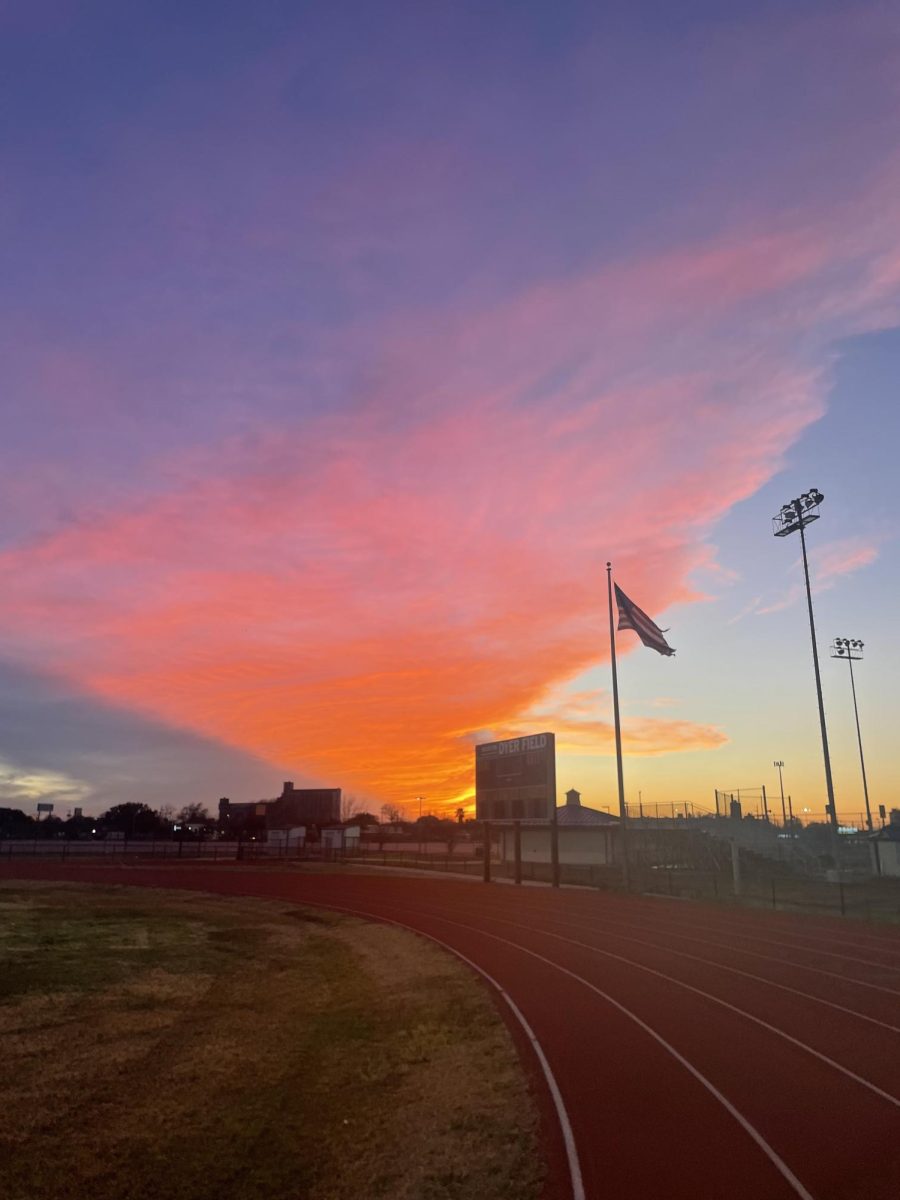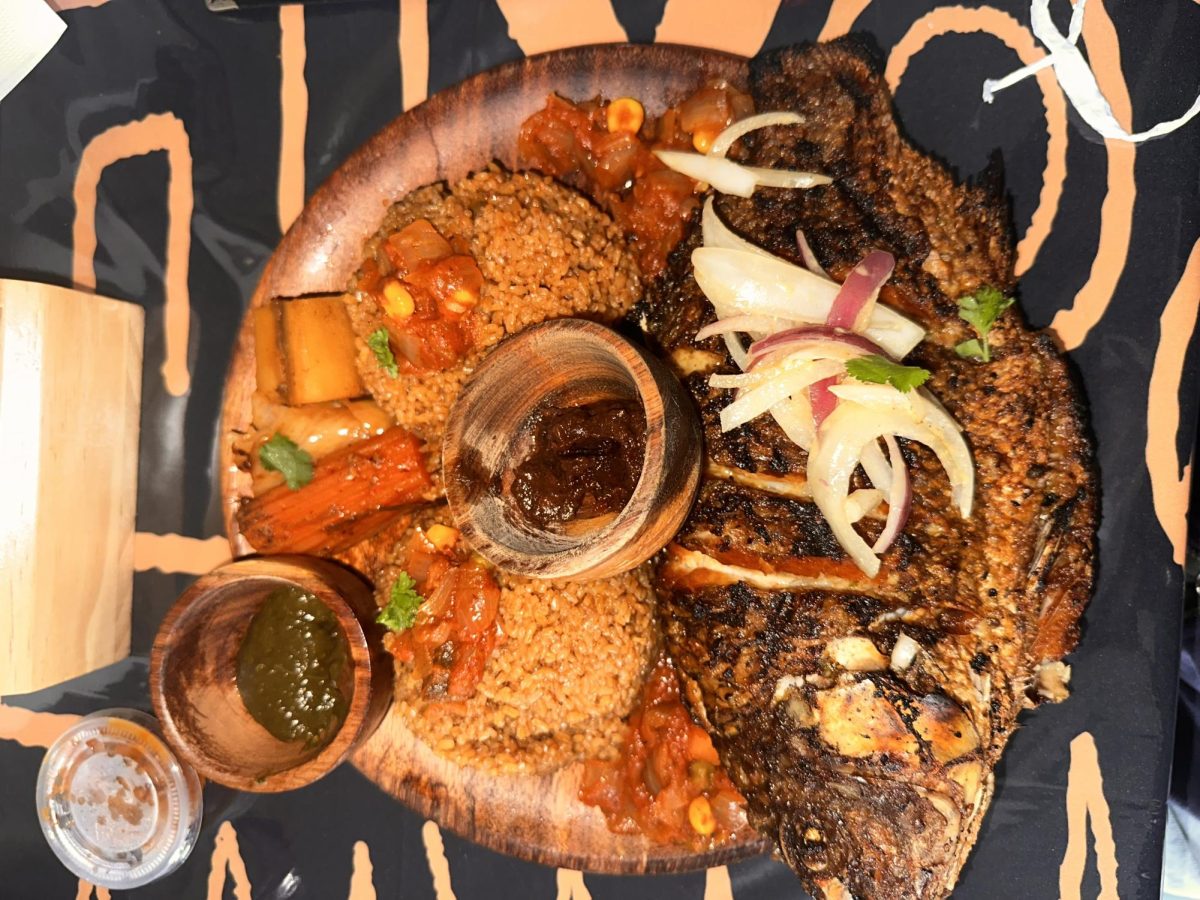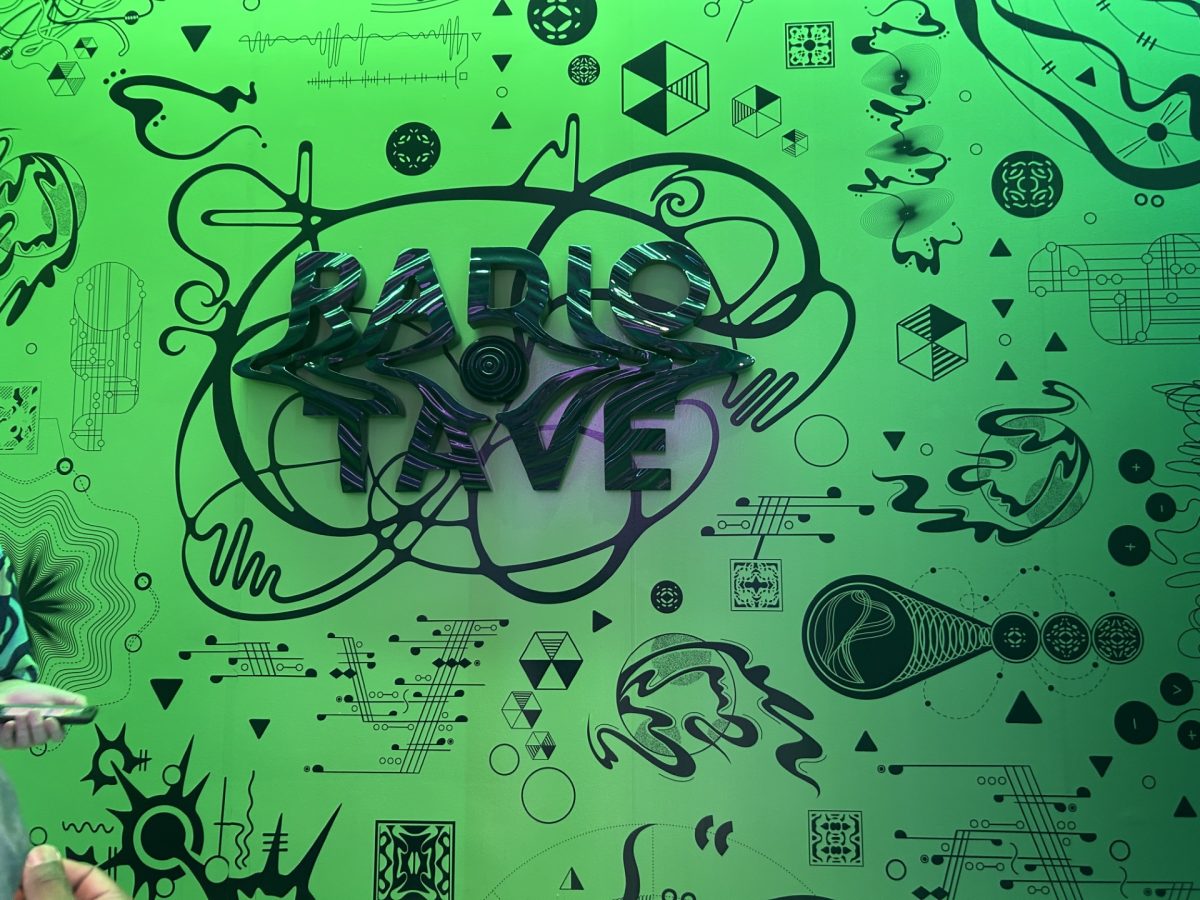“THINK OF THIS AS AN IRONMAN FOR YOUR BRAIN.”
The latest wellness trend to swarm the media, specifically TikTok, is Andy Frisella’s 75-Hard Challenge. Designed to promote healthy habits and transform participants’ physical and emotional well-being, the 75-Hard Challenge pushes mental boundaries and supposedly improves quality of life.
The rules are:
- Follow a diet (of your choosing)
- Sleep 10 hours each night
- Drink one gallon of water
- Read 10 pages of any nonfiction book
- Complete two 45-minute workouts (one must be outdoors)
So, how sustainable is the 75-Hard Challenge? Compared to our generation’s favorite influencers who have been documenting their experiences, a high school student’s lifestyle is significantly more restricting and makes 75-Hard increasingly more challenging.
As a tight-scheduled student myself, I decided to take on the 75-Hard Challenge for a week to see how my experience would differ from those who have far more free time than people my age.
Rule #1: Follow a diet.
For my diet, I decided to fast intermittently, meaning I only allowed myself to eat starting from 10 a.m. until 8 p.m., for a 14-hour fast. Due to my midnight-snacking nature, restricting my eating after 8 p.m. was in fact more difficult than I thought it would be.
Rule #2: Sleep 10 hours each night.
For any high school student, especially those at Carnegie, getting as little as 6 hours of sleep is a luxury. With our workloads, extracurriculars, and social activities, sleeping for 10 hours was just not attainable for me. Anticipating myself struggling for a week to balance my homework, sports, and extra workouts for this challenge, I decided to disregard this rule in advance. I knew that no matter how strict I was with myself, 10 hours of sleep was an unrealistic goal.
Rule #3: Drink one gallon of water.
Picturing one gallon of water in my head never seemed as intimidating as calculating how many times I would have to refill my emotional support water bottle to meet this gallon requirement. Every day for a week, I drank and refilled my Stanley four and a half times. Some days, it was easy. Other days, I would be getting settled in and ready for bed and then suddenly I would realize I had fallen short on my water intake for the day. Forcing myself out of bed and shuffling into the kitchen to chug water at midnight was truly a humbling experience and one that I am fortunate to not have to relive.
Rule #4: Read 10 pages of any nonfiction book.
Though it may come as a surprise, news writers do in fact read. Although many of us prefer to get comfortable with a book full of fictional characters and fantasylands, I often find myself reaching for something more real. Usually, I am a sucker for a good true crime read, but I pushed myself to try something new this week. Following the theme of self-improvement, I chose to read “The Art of Thinking Clearly,” by Rolf Dobelli. Even though I caught myself attempting to doze off in between pages, I learned a lot from this book. Not enough to change my own perspective, but just enough to convince myself that maybe I should look into taking AP Psychology my senior year.
Rule #5: Complete two 45-minute workouts. (One must be outdoors!)
I severely overestimated myself. Each workout of each day had me rethinking writing this article. Each time a friend commented on the dark rims underneath my eyes, I wondered what would possibly possess me to commit to this challenge. My days felt repetitive as I slugged on. I would wake up, get ready, go to school (a challenge in itself), go to track practice and exhaust myself further, and lastly, arrive at home and immediately rush out the door to cram a final run in before it got too dark out. There was a point in the week where I physically could not bear to have my sore legs and aching feet pounding on the hard concrete of my neighborhood, and instead opted for a Peloton ride or a session on the rower. But every day, I completed both workouts despite my fatigue.
The 75-Hard Challenge was designed for people to complete it and have their own takeaways. So, what were mine?
After ending my week off on a strong note, I realized I would be taking good habits with me past the finish line. I plan on drinking more water daily, reading more “self-help” books, and pushing myself harder to get out of bed and go outside. Ultimately, it was these rules I followed that made my days better.
While I experienced many highs this week, the lows were low. I think it is safe to say one workout a day is sufficient enough for me, which brings me to my next subject: How sustainable is the 75-Hard Challenge for high schoolers? My short answer is that it’s not. Even for someone with average time management skills, there just were not enough hours in the day to be able to check off every box while still having time to recover. Although a requirement of the challenge was to sleep for 10 hours nightly, I found that I was sleeping less than I normally would on school nights. Because I had to fit in extra activities during the day, I was crunched for time when it came to working on homework or socializing with friends.
I participated in 7 out of 75 days of the 75-Hard Challenge, and I can confidently say that I will not be doing more. Despite my personal experience not being worth the effort, I found the reason so many influencers are able to do this challenge is purely because they have the time. While we students are trapped in school for 9 hours every day, influencers generally have all the time in the world.
Then again, everyone is different, and while I will not be commending the 75-Hard Challenge to my friends, I can safely recommend it to any graduated, jobless (or remote-working) person looking to improve their lifestyle.










Charlie Smith • Mar 4, 2024 at 1:58 pm
Wow! I literally could never. I thought the article was really well written. I also love the fact that you participated in 75 hard. That is crazy! Great job!